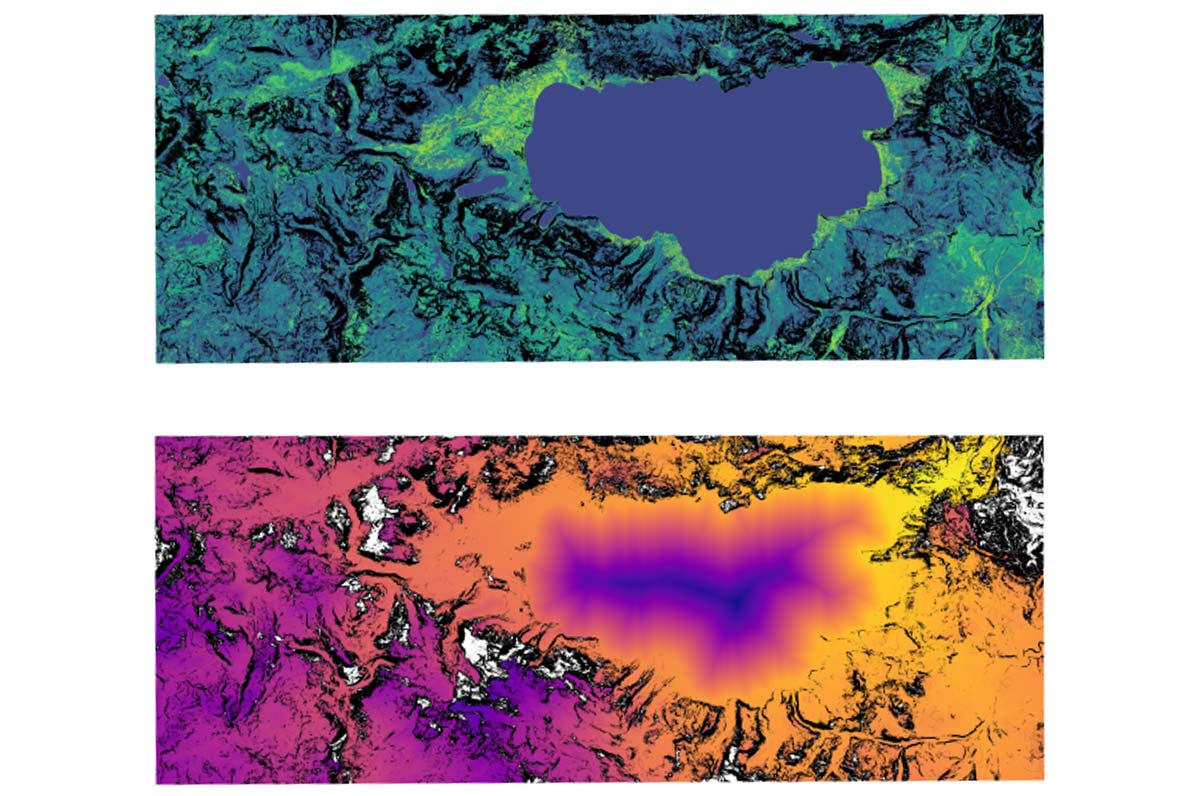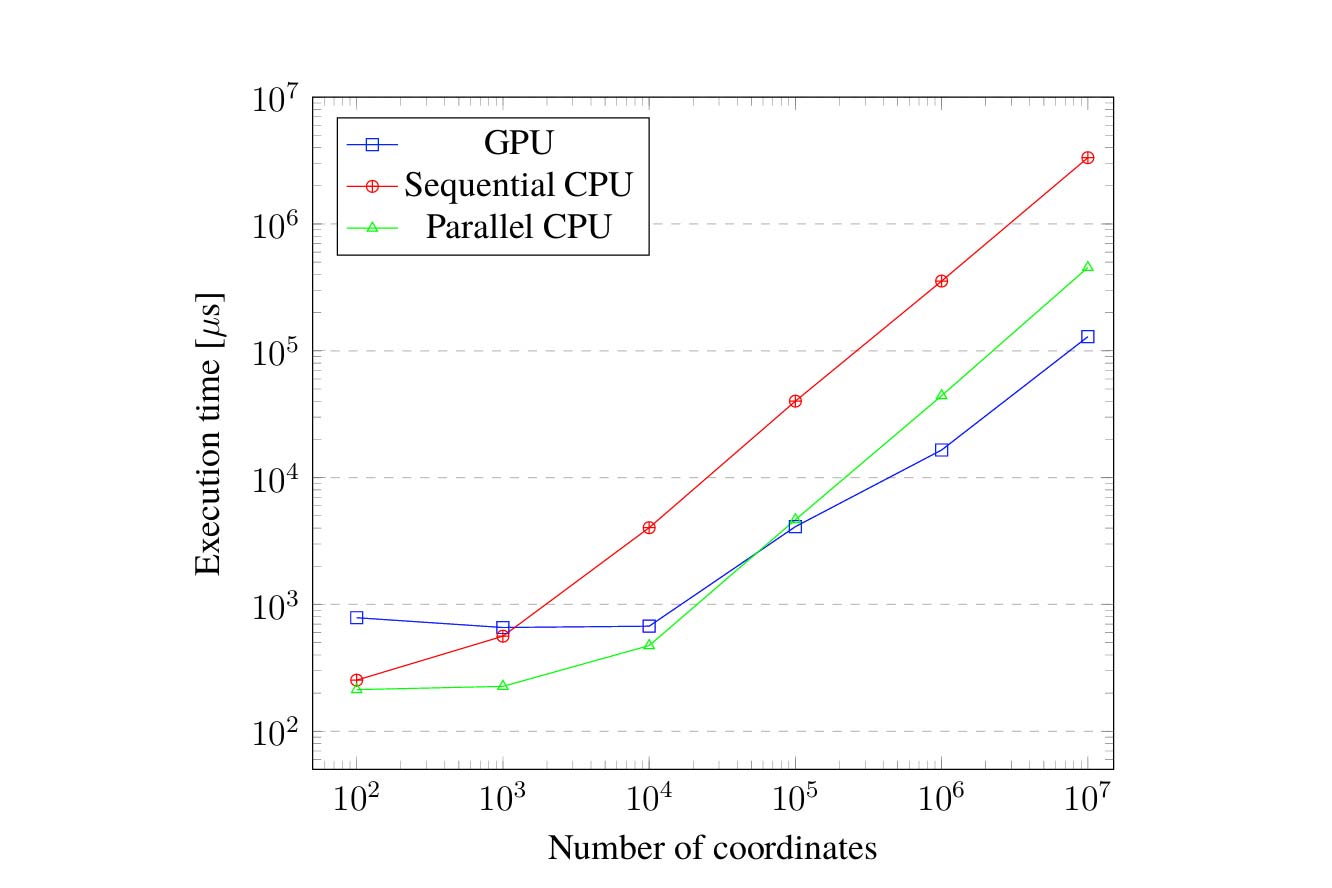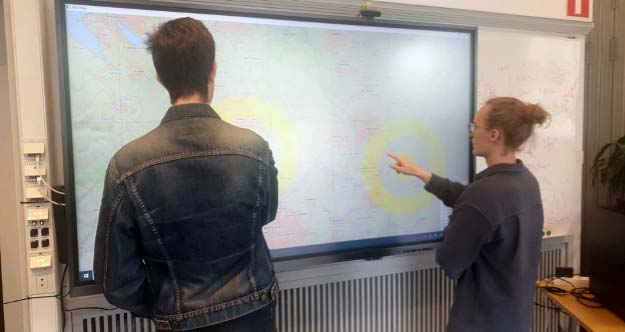Summary of results
Three data layouts — orderings for nodes, in which they are packed in memory — are evaluated for static scene graphs: a depth-first order, a breadth-first order, and a van Emde Boas layout.
These are compared against a “naïve” layout, wherein nodes are individually allocated on the heap. In a set of benchmarks representing typical operations on scene graphs, all data layouts yield similar performance, which is up to three times faster than the naïve layout for large scene graphs.
They show very similar performance to the naïve layout for smaller scene graphs, however. Further, the dynamic memory management system presented in this thesis yields better performance than the naïve layout, in an evaluation simulating a highly dynamic scene-graph application, by up to a factor two for large scene graphs.
A limitation with the approach, though, is that memory usage increases on average by a factor of 2.2 in the evaluation.




